Still rushing to meet access reviews deadlines – only to question the results later? You're not alone. Many organizations are stuck in manual, exhaustive audit cycles that deliver very little in terms of real compliance. It's time to shift from more reactive reviews to a more continuous, automated review approach.
According to Zluri’s State of Access Review report, ‘77% of organizations still rely on manual access reviews.’
However, that manual approach comes at a steep cost, and it's evident at every stage of the review process. Here’s what respondents reported.
- Drain Of Resources
45% of the respondents stated that manual access reviews consume substantial company resources (placing strain on their teams and budgets).
- Inefficient, Error-Prone Process
Another 45% reported that they had to modify user access individually for each app after every review cycle, which was not only tedious and time-intensive but also prone to oversights.
And 31% of respondents said that it took them a significant amount of time to complete a cycle of access review (on average, 149 person-days).
- Audit & Compliance Struggles
41% confessed to overshooting deadlines (often), which left them unprepared for compliance audits. 37% of them found generating audit evidence/reports post-review to be an overwhelming task.
Plus, 27% stated they had no/limited visibility into who has access to which apps. 24% reported having little to no insight into application usage data.
These aren't isolated issues; they're signs that the traditional access review process isn't built for the scale, speed, and efficiency businesses need today.
The reality is this: in environments where precision matters, errors are costly, and compliance requirements are on the rise, a manual approach is no longer sustainable.
And even if your reviews seem fine today, they may be quietly draining resources, delaying compliance, and exposing your business to risks you haven't caught yet.
What’s Broken In Traditional Access Review?
Let’s break it down stage by stage and highlight where the traditional way of managing access reviews often falls short — and why it’s time to rethink your strategy.
.webp)
1. Data Collection: Manual Inputs, Missed Access, Mounting Risk
Even before the review begins:
.webp)
- You're already chasing data—sending follow-up emails, pulling exports from admin panels, and collecting access information from systems like Azure AD and Okta.
- Then comes the manual compilation: piecing together user lists, app inventories, access logs, and mapping tables in spreadsheets. One error or missing entry can compromise the accuracy of the entire review.
The root problem? The process is outdated. You're relying on error-prone methods that were never designed to handle today's dynamic access environments.
App owners often submit stale or incomplete data. And even when you log into apps directly, it's still manual, time-consuming, and not scalable.
Most importantly, if the input data is flawed, the review itself loses credibility. That's wasted effort, delayed timelines, and increased audit risk—before the review even starts.
2. Reviewing Access Without Context Leads To Guesswork
When it comes to reviewing access permissions manually, things quickly get overwhelming – here’s why:
.webp)
- Too Much Data, Too Little Clarity
Reviewers receive large spreadsheets listing all apps and their users, but these spreadsheets don’t show how users are using the apps (access pattern). That means reviewers can’t figure out whether a user is actively using a tool, barely using it, or not using it at all.
- Cross-Checking Required
To determine if access is still justified, reviewers must reach out to department heads or in-house managers (via email) and ask, “Does this user still need access to this app?” This further delays the reviewing process.
- Lack of Visibility/Incomplete Data
Reviewers don’t receive details regarding the type of access the user has (e.g., admin or regular). They have to dig through the user database/logs or request more info.
Once the review is concluded, the reviewers make notes (specifying the actions to be taken) on the spreadsheet, which include approving, revoking, or modifying access. These decisions are then sent back to IT or app owners for enforcement.
Where does the problem lie?
- Because validating user access permissions manually requires a significant amount of time and effort, reviewers often resort to rubber-stamping – marking approved access (access review action) without any thorough examination. This further impacts the integrity and accuracy of the access review outcomes.
- Additionally, due to a lack of clear visibility into users’ active status and permission levels, reviewers often overlook access anomalies, such as users holding unnecessary or inappropriate levels of access. This oversight further creates access gaps and exposes critical data to cyber risks.
3. Manual Fixes = Missed Actions, Broken Audit Trails
Once the review is completed, the reviewers forward the spreadsheets, marked with access review actions (i.e., whether the access is approved, needs modification, or revoked), to the IT team or app owner. IT teams or app owners then log into each application and manually make the necessary changes.
.webp)
- However, the problem is that this process is extremely time-consuming and highly susceptible to human error.
Given the volume of remediation actions that need to be implemented, certain changes often slip through the cracks. This, in turn, creates access gaps, and the security of critical data gets compromised.
- When these access gaps persist, it becomes challenging to demonstrate that necessary measures were taken to maintain data integrity, confidentiality, and privacy during the final official compliance audit.
4. Manual Reporting Slows You Down & Fails You At Audit Time
Post-review, the IT team gathers all the spreadsheets curated by the data collection team and reviewers (who specified the actions) and creates an access review report using Excel. In the review report, they typically specify the following:
.webp)
- Which applications were reviewed
- The users whose access permissions were evaluated
- Actions marked for remediation (approve, modify, revoke)
- Dates and duration of the review
- Who conducted the review
- Evidence of remediation actions taken
Then, at last, the report is saved to a shared drive and presented to compliance auditors during the final compliance audit.
Where does the problem lie?
- Since this entire report generation process is manual, it is highly prone to human error – incorrect data entries and omissions are common, which further compromise the accuracy of the review report.
- Moreover, compiling these reports is extremely time-consuming, often taking 14 days or more to complete. By the time the report is ready, review deadlines are frequently missed.
All these actions further hinder audit readiness, ultimately defeating the core purpose of performing an access review, i.e., getting compliance certification.
Solution? Redefine access review by changing your approach – i.e., bring automation into the picture.
As per Zluri’s State of Access Review report –
- Reduced Error Rates: Organizations with fully automated access review processes have, on average, reduced their error rate by 40%.
- Less Human Resource Required: Respondents with fully automated access reviews even stated that they have reduced the number of employees managing the access review process by 30%, on average. This eliminates the cost of training your internal review and outsourcing experts for the tasks.
- More Time Saved: Organizations with fully automated processes have reduced the time spent conducting access reviews by an average of 40% (spending less time, with a 4-day completion cycle for an access review).
Now, you’ll probably ask – ‘ How to automate different aspects of access review ’. There are various tools available in the market that automate different parts of the process. However, Zluri – a modern IGA solution- stands out by automating the entire access review lifecycle. Here’s how it works.
How a Modern IGA Like Zluri Streamlines the End-To-End Access Review Process?
Zluri, a modern IGA solution, offers an access review tool that simplifies access reviews by automating every critical touchpoint.
From effortlessly collecting identity data to detecting anomalies, triggering remediation workflows, and generating audit-ready reports – Zluri does it all. It eliminates manual overhead, reduces errors, and ensures that review reports are compliance audit-ready.
With Zluri, you’re not just reviewing access – you’re redefining it. Let’s take a closer look at how it functions.
1. Simplifies The Data Collection Process
No More Chasing App Owners – Zluri Does It All
- Eliminate manual follow-ups: With Zluri, IT teams no longer need to chase app owners or department heads to find out who has access to what.
Just log in to Zluri’s admin portal → go to the Access Review module → select the apps to include in the access certification workflow.
- Real-time integrations:
Once apps are selected, Zluri auto-integrates with them (setup required beforehand) and fetches a real-time list of users with access.
- Complete identity visibility:
Zluri provides detailed user attributes like:
- Username & email
- Account type (regular, contractor, service account, etc.)
- Department
- App role
- Last active date and more.
All this information is neatly displayed in a single, centralized dashboard—making access reviews seamless and efficient.
Note: Your IT team can choose which user information is shown to reviewers by modifying the visible columns in the access certification workflow.
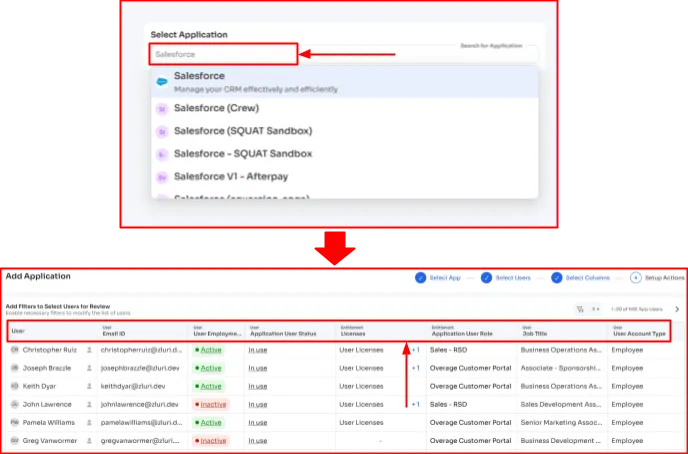
2. Makes Reviewing Easier
Your reviewers don’t need to waste time going back and forth with department heads to figure out if a user’s app access is relevant.
Zluri provides detailed, contextual risk insights –
- Which users haven’t used the app in the last 30 days are considered orphaned accounts?
- External users (including freelancers and contractors),
- Privileged users (who hold admin permissions), and more.

Armed with these insights, reviewers can confidently decide whether a user should continue to retain app access or if their permissions need adjustments.
Once the decision is made, they can simply mark the appropriate action – approve, revoke, or modify – within the workflow and add a note on why they took this decision.

That’s all your reviewers need to do. It's that straightforward. No more sending endless emails! No guesswork or rubber-stamping that can comprise the review outcomes!
3. Remediation, Handled Automatically – No Loose Ends
Once the remediation actions are submitted, Zluri automatically notifies your IT teams via your preferred communication channels– Slack, Gmail, or any other integrated platform. To ensure that remediation actions are executed on time, with no delays.
Additionally, your team doesn’t have to manually carry out this task; they can leverage Zluri’s built-in playbooks to automate the remediation steps.

4. Generates Precise Audit-Ready User Access Review Reports
Zluri ensures that every action taken during an access review is well-documented.
It automatically generates a detailed user access review report summarizing the entire process. The report outlines –
- Which apps were reviewed?
- Which users' access permissions were evaluated?
- What attributes were taken into consideration?
- What remediation actions were performed to address the access misalignment?
How is this benefiting? Your team no longer has to spend time collecting data and manually curating a report.
You can download this report in PDF format and easily share it with compliance auditors during the final assessment – no edits or modifications are needed.
Additional Features That Zluri Offers
- Multi-Level Review: With Zluri, you can design an access review structure that involves multiple layers of approval – up to five levels. This means that five different stakeholders (the app owner, IT teams, or the security team) will carry out the review one after another.
This layered approach ensures that if any access mismanagement is overlooked at one level, it can be identified and addressed by reviewers at the next. As a result, you get more accurate and reliable access review outcomes.
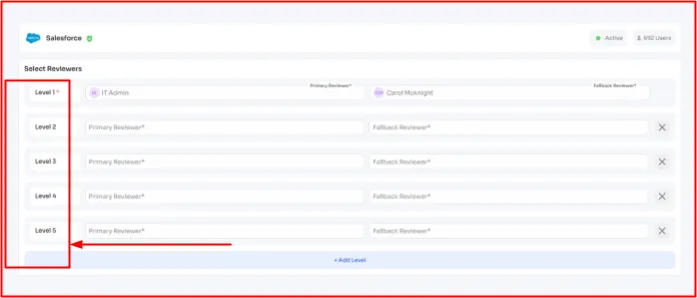
- Scheduling: Zluri gives you the option to schedule the access certification workflow according to your organization’s timeline.
You can specify – ‘when the review process should start’, ‘when it must conclude’, and ‘set deadlines for remediation action execution’. Additionally, Zluri automatically sends timely notifications to the responsible teams, ensuring everyone is aware of what needs to be done and by when.

Check out Zluri’s access review tour to gain more clarity.
Certifications Aren’t Enough—Context Is the New Control
If you want your compliance efforts to count, it's time to modernize your access review process. That’s because relying on manual access reviews will only drain your team’s productive time and deliver little to no value.
Moreover, these days, preparing for compliance audits demands a serious investment, so relying on an outdated manual approach is rather a costly mistake.
Therefore, automate your access reviews to avoid costly missteps, save time, ease the burden on your team, and ensure audit readiness without last-minute stress.









.svg)



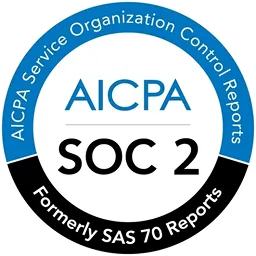
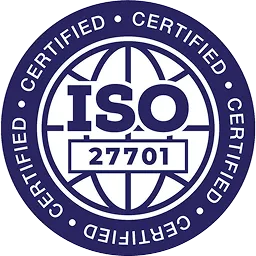
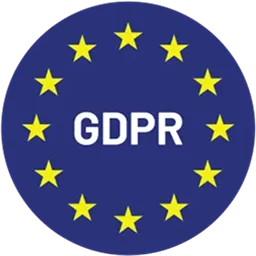
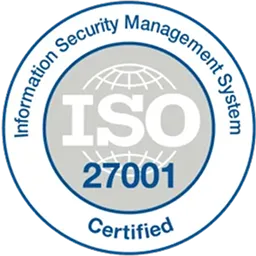

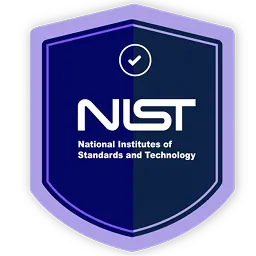



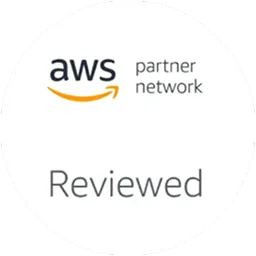








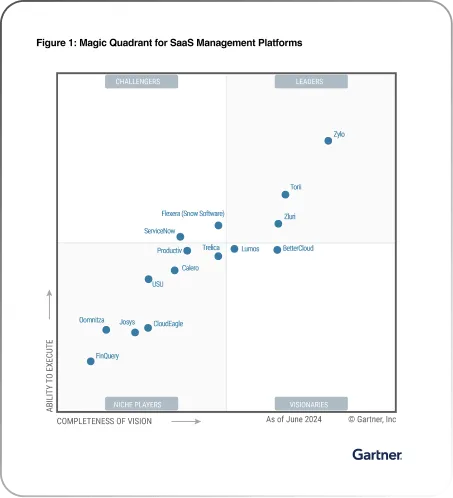







.webp)







.webp)
.webp)





.webp)